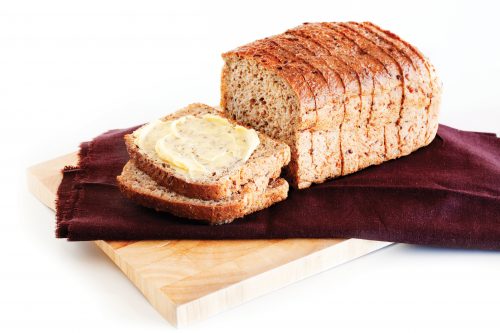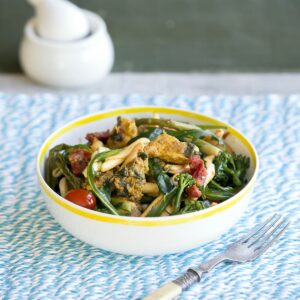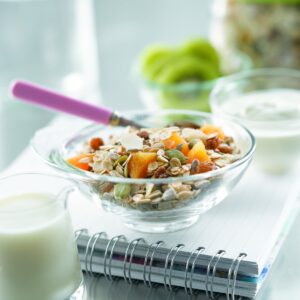
HFG senior nutritionist Rose Carr takes a look at what spreads are available in stores.
Unfortunately, with standard butter having around 82 per cent fat and more than 50 per cent saturated fat, we need to advise against using butter as your everyday spread. But there are plenty of alternatives.
What’s available?
Better butter blends
Many of us brought up with butter as the only spread just love the taste of it. For some it’s easy to forgo that taste and use an alternative lower-fat spread knowing it’s so much healthier. But for those still hooked on butter — or still pining for it — there is good news. There are now two butter/oil blends — Anchor CountrySoft Lite and the new calcium-enriched Anchor Dairy Blend Calci+ — that provide a buttery flavour and meet our criteria for total and saturated fats in spreads.
Plant oil spreads
Despite names featuring canola or olive oil, spreads usually contain a blend of different oils. (Alfa One Rice Bran Oil spread is the exception to this). The oil featured in the name will be there but it may not be highest proportion of oil. Palm oil is usually used but generally called vegetable oil in the ingredients list.
What to check
If you only look at one thing, check the saturated fat content: choose products with 15 per cent or less saturated fat per 100g, but 12g or less per 100g is even better.
By checking saturated fat first you’re likely to find the total fat is also OK — aim for 55 per cent or less total fat per 100g. A few products are still high in sodium, so check it has 400mg or less sodium per 100g.
What the pack claims mean
Pack claims can be compelling but we often don’t have time to read the small print. Sometimes we get the wrong impression. Here are some examples of claims we found, and what you really need to know:
25% less fat than marg: Margarine and butter both have 80 per cent or more total fat – the regulations specify this. That’s why reduced-fat spreads are called spreads, not margarine. You will find spreads dominate the shelf these days and there are few products called margarine. When you
see a claim like this it can be compared to both margarine and butter.
Cholesterol-free
If a spread doesn’t contain butter just assume it’s virtually cholesterol-free even if it doesn’t make a big deal of it on-pack. If you are watching your blood cholesterol levels, your focus needs to be on saturated fat. Compare the saturated fat content and ignore the rest.
Lite, light, lighter
This product will have less total fat than its ‘original’ version but don’t assume it is low in saturated fat. Read the nutrition information to find out how much saturated fat it has.
Baking with spreads
In the past, we’ve advised using spreads with around 55-60 per cent fat for baking to ensure good results. But as spreads have been lowering their fat content, we have been experimenting with even lower- fat spreads in both HFG and other baking recipes. Our recipes are now tested with spreads at around 50 per cent fat, but you shouldn’t notice a difference if you choose one with a little more or less than that.
If you’re concerned reducing the fat that much may not work as well, you can always add a little more spread.
Plant sterols
While spreads with plant sterols cost more studies have shown they can help reduce LDL cholesterol for people with high cholesterol. For Logicol and Flora pro-activ (with 8g phytosterols per 100g) you need about 25-30g of spread each day to get the effective amount of plant sterols. Many people with high cholesterol also need to watch their weight, so we recommend choosing a very low fat product like Flora pro-activ light. At just 23 per cent fat it has around half the kilojoules of other spreads. If you are on medication for your cholesterol, talk to your GP before using a plant sterol spread.
www.healthyfood.com










